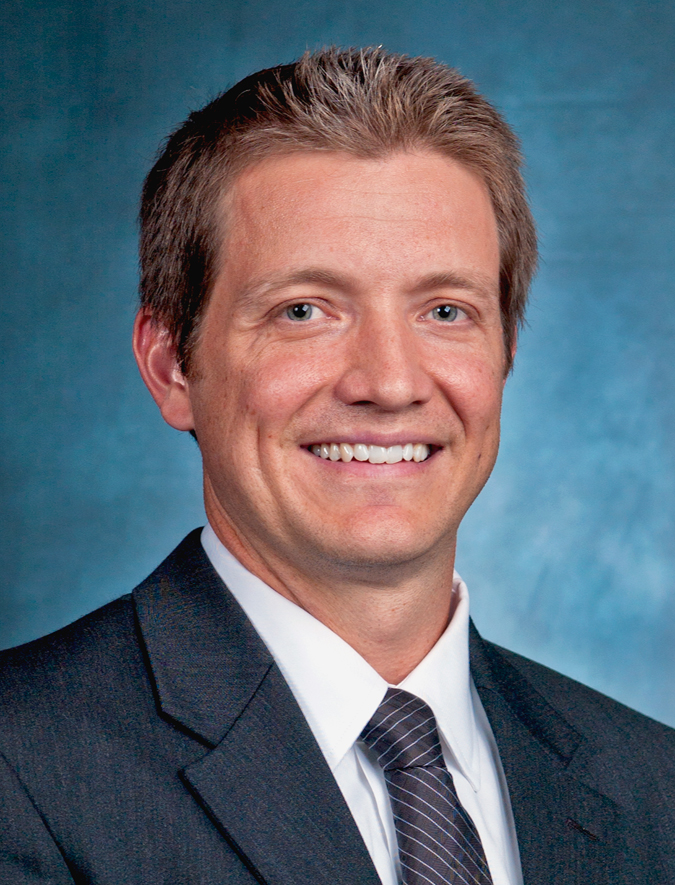Prevalence of and Associations With Distress and Professional Burnout Among Otolaryngologists: Part II, Attending Physicians. Journal Article
Local Library Link: Find It @ Loyola
| Authors: | Carlson, ML; Larson, DP; O'Brien, EK; Lohse, CM; Kircher, ML; Gurgel, RK; Hunter, JB; Micco, AG; Nogan, SJ; O'Connell, BP; Rangarajan, SV; Rivas, A; Sweeney, AD; Wanna, GB; Weisskopf, PA; Choby, G |
| Article Title: | Prevalence of and Associations With Distress and Professional Burnout Among Otolaryngologists: Part II, Attending Physicians. |
| Abstract: | OBJECTIVE: To ascertain the prevalence of and associations with distress and professional burnout among academic otolaryngology attending physicians. STUDY DESIGN: Cross-sectional survey. SETTING: Twelve US academic otolaryngology programs. METHODS: A questionnaire was administered that encompassed sociodemographic and professional features, the Expanded Physician Well-being Index for distress, the 2-item Maslach Burnout Inventory for professional burnout, the Patient Health Questionnaire-2 screen for major depressive disorder, and the Generalized Anxiety Disorder-2 screen for generalized anxiety disorder. RESULTS: The survey response rate was 56% and included 186 attending physicians. The average respondent age was 47 years; 72% were men; 93% were married or partnered; and 86% had children. Distress was present in 40%, professional burnout in 26%, positive depression screening in 8%, and positive anxiety screening in 11%. In a univariable setting, age, hours worked in a typical week, nights on call in a typical week, and years of practice were significantly associated with distress, although in a multivariable setting, only hours worked in a typical week remained significantly associated with a positive Expanded Physician Well-being Index screen (odds ratio for each 10-hour increase, 2.61; 95% CI, 1.73-3.93; .001). In a univariable setting, hours worked in a typical week was significantly associated with a positive Maslach Burnout Inventory screen. CONCLUSION: Distress or professional burnout occurs in more than a quarter of academic otolaryngology attending physicians, whereas the prevalence of depression or anxiety is approximately 10%. The number of hours worked per week had the strongest association with distress and burnout. These findings may be used to develop and implement programs to promote physician well-being and mitigate professional burnout. |
| Journal Title: | Otolaryngology--head and neck surgery : official journal of American Academy of Otolaryngology-Head and Neck Surgery |
| ISSN: | 1097-6817; 0194-5998 |
| Publisher: | Unknown |
| Date Published: | 2020 |
LUC Authors
-
 22
22Kircher
Related LUC Article
